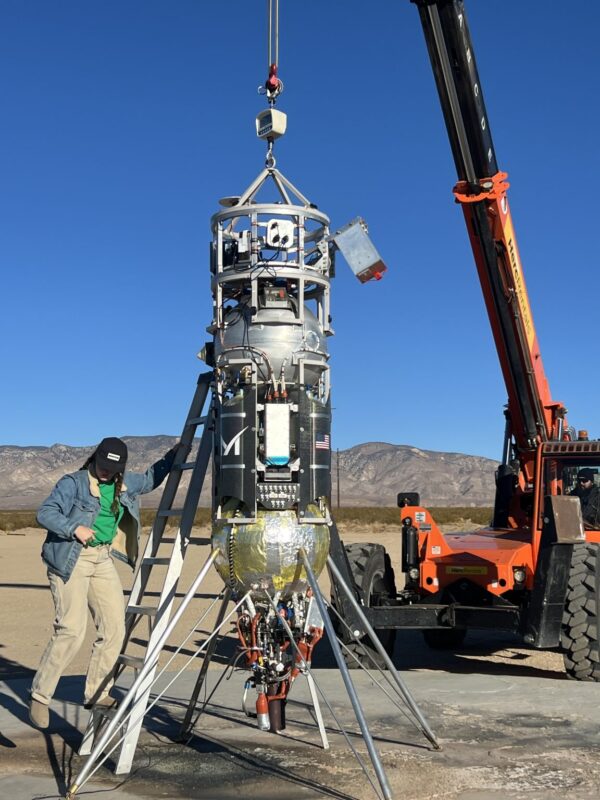
Pittsburgh-based Astrobotic said its moon landing technologies have passed test flights to determine their accuracy to detect and avoid surface hazards on the moon.
The company said it had completed a terrestrial flight test campaign for their suite of lunar landing Guidance, Navigation and Control (GNC) technologies that are vital for Deorbit, Descent, and Landing (DDL) phases during moon missions. The Terrain Relative Navigation (TRN) and Hazard Detection and Avoidance (HD&A) systems accurately detected items like rocks and craters as small as 6 inches.
“DDL for safe, precise lunar landings are one of the most significant and complex challenges facing the commercial lunar industry,” Brett Shaffer, lead systems engineer at Astrobotic, said. “This terrestrial flight test campaign validates our critical landing subsystems, which work together to scan and analyze terrain in real-time, enabling landers to autonomously identify and select the safest landing sites.”
The test flights were conducted at Astrobotic’s Lunar Surface Proving Ground (LSPG) in Mojave, CA, as well as at sites over Death Valley. The tests utilized helicopter and Astrobotic’s Xodiac vertical-takeoff vertical-landing suborbital rocket to evaluate the landing systems. The subsystems work together using camera and LiDAR data to analyze position and potential hazards while navigating to the predetermined landing zone.
“Astrobotic’s Xodiac reusable rocket provides a workhorse platform for integrated testing of key lunar and planetary spacecraft systems, like our advanced landing sensor suite. This unique vertical integration accelerates the development of solutions needed for precise lunar landings,” Dan Hendrickson, Astrobotic’s vice president of business development said.